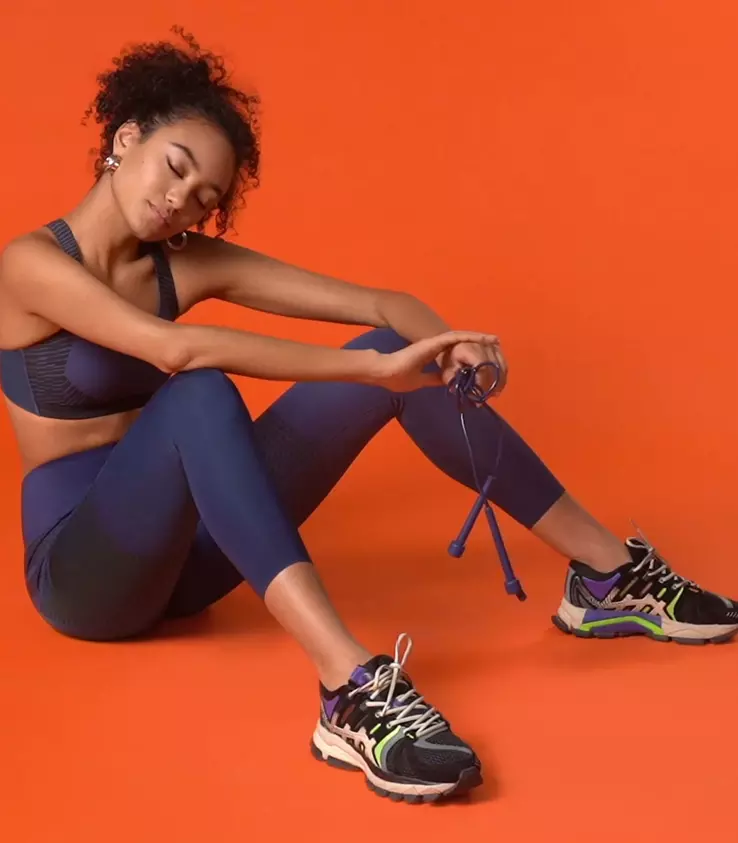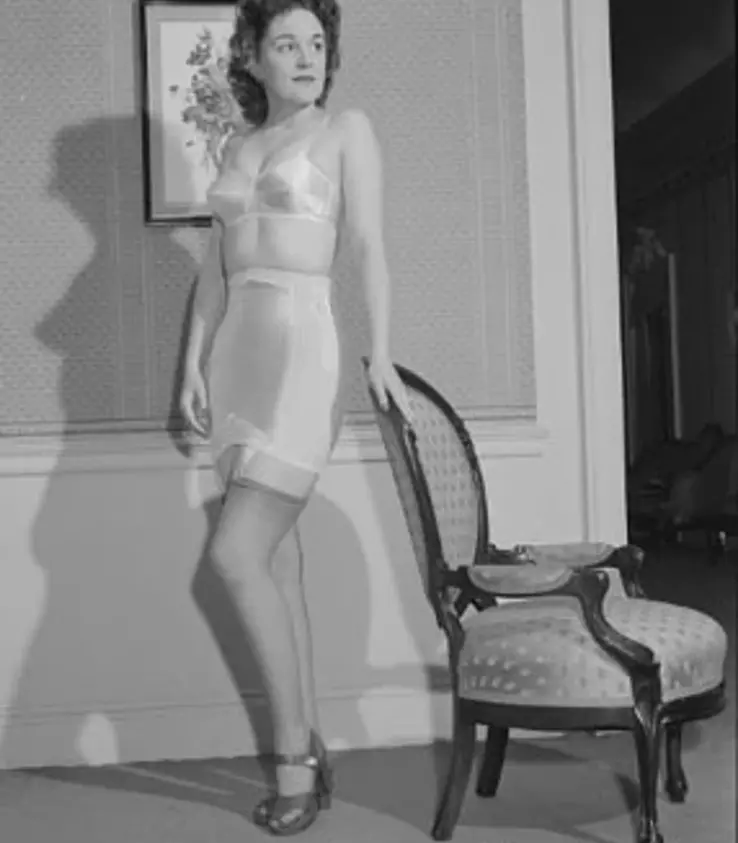
Library of Congress
The introduction of synthetic fiber
Designed to replace silk, DuPont introduces nylon fiber, the first truly man-made, or synthetic fiber in 1938. The drive to develop new synthetic fibers for the apparel industry accelerated with the outbreak of World War II in Europe in 1939. Manufacturers knew supply lines for natural resources like silk and rubber would be cut off, or redirected for military use in parachutes and tires.
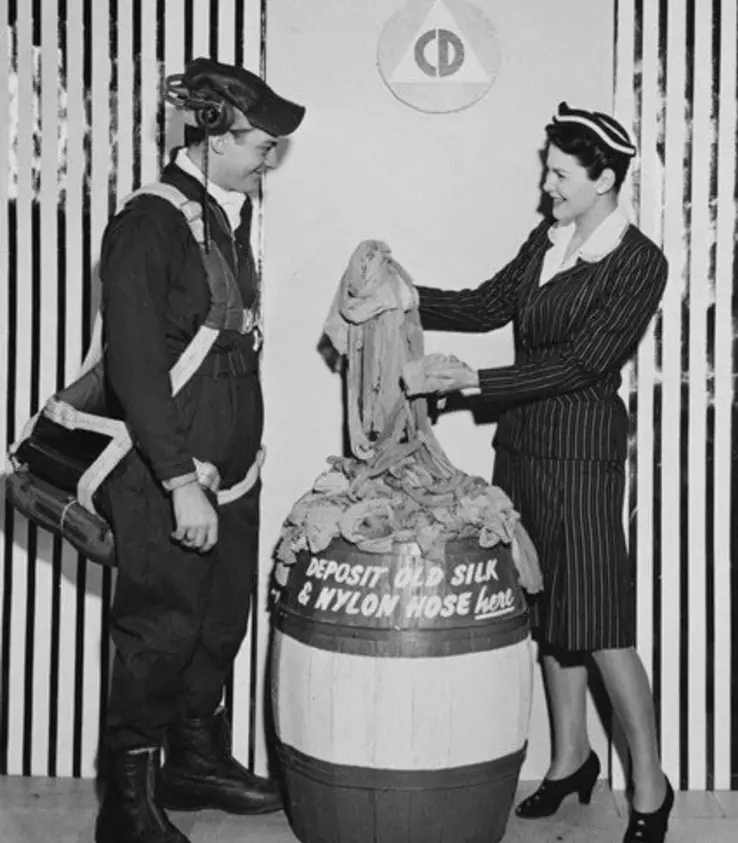
Library of Congress
Wartime rationing drives innovation
Once the U.S. entered World War II, the race to develop a synthetic fiber that could replace natural rubber in girdles and foundation garments really began. Scientists knew the limited supply of rubber would be used to make tires during the war—not fashion.
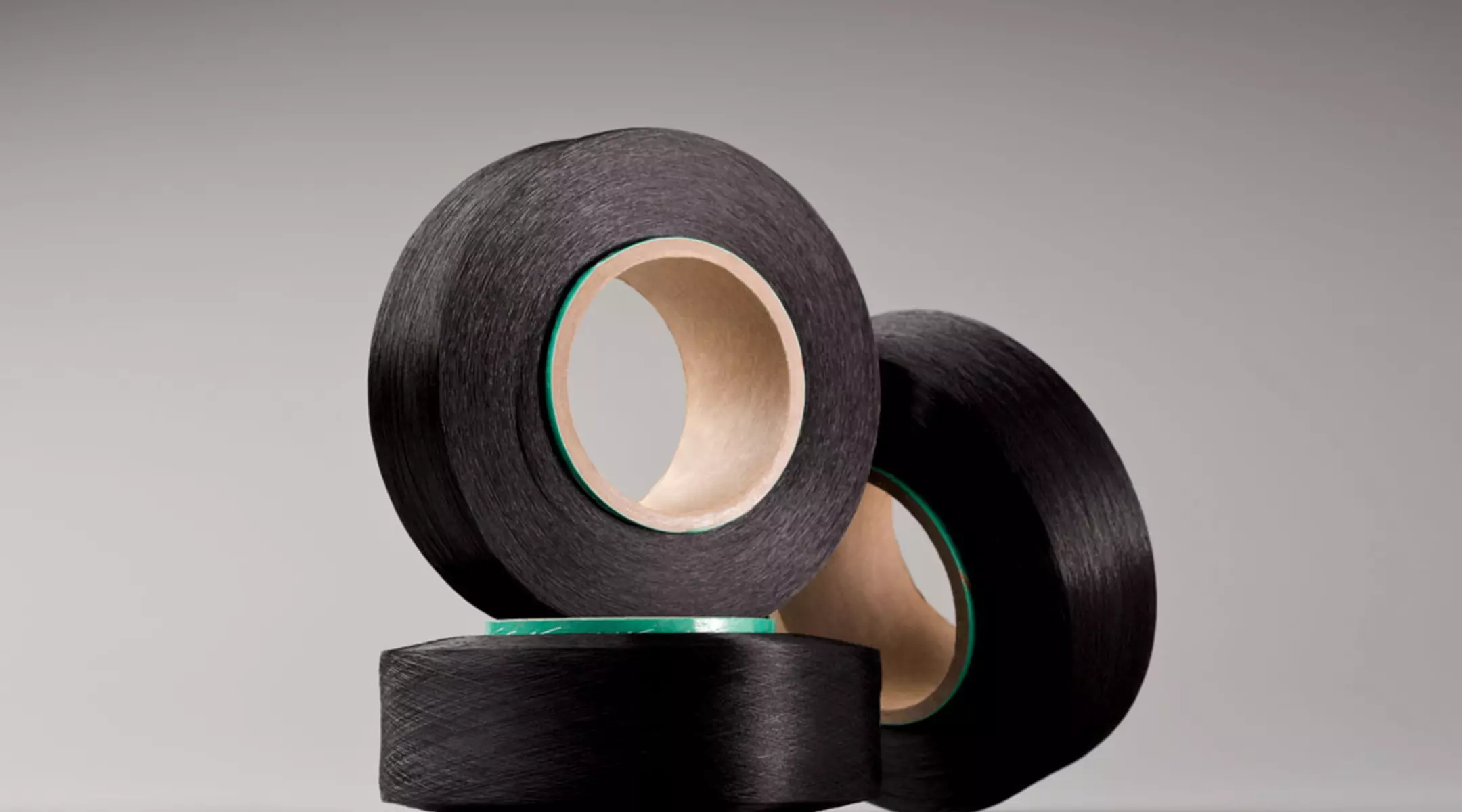
The fiber that changed the world
To understand how revolutionary LYCRA® fiber is, you need to look at what it replaced. Prior to the invention of LYCRA® fiber, women’s shapewear used rubber to provide elasticity, which was hot, heavy, constricting and uncomfortable. Rubber also lost its “memory” over time stretched out making it useless for figure control.
The research into a stretch synthetic fiber to replace rubber went on for years before a DuPont chemist named Dr. Joseph Shivers invented “Fiber K” in 1958. Released with a name randomly generated by a computer, the new LYCRA® fiber could stretch so much more than the rubber that inspired it. This new spandex (elastane) fiber could be spun into fine filaments, stretched up to 500% of its original length, and best of all, always, returned to its original shape.
Stronger and more durable than conventional elastic thread, LYCRA® fiber could be used to create softer, lighter and sheerer foundation garments. It was also easy care and highly resistant to perspiration, oils and lotions, too. Thanks to these desirable qualities, fashion would never be the same again.
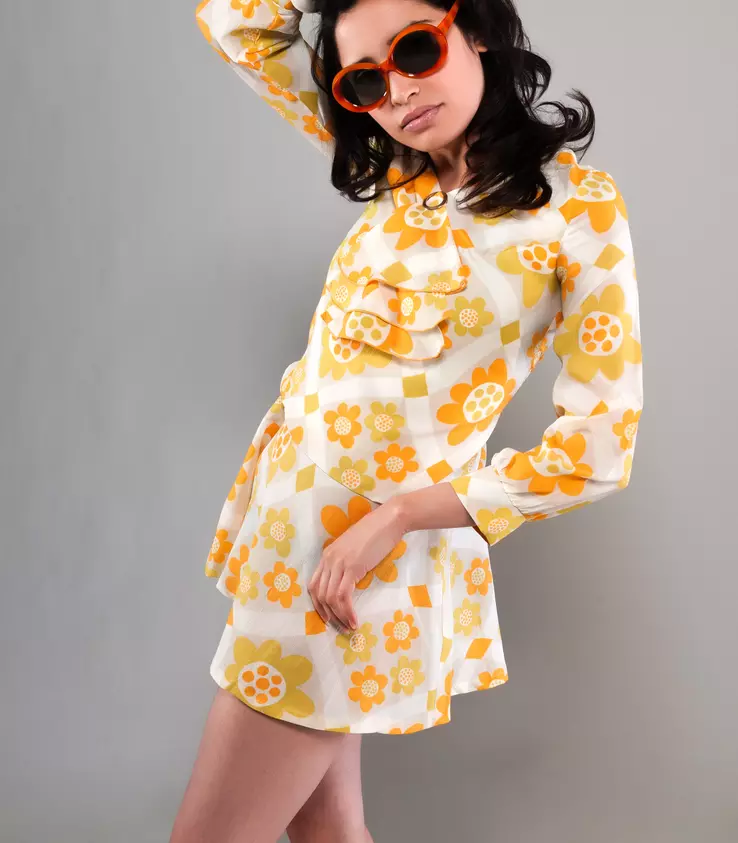
The fashion revolution begins
Always adaptable, LYCRA® fiber began to make its mark in the world of fashion during the 1960s. First used in form-fitting intimate apparel, the original spandex (elastane) fiber went on to make a splash in swimwear and many more categories. The introduction of pantyhose in 1959 made it possible for hemlines to rise, clearing the way for the miniskirt’s debut during this turbulent decade of sweeping social change.

The thrill of victory
LYCRA® fiber made its international athletic debut in ski suits worn by the French men’s alpine ski team at the 1968 winter games in Grenoble, France. The team dominated the medal count, which led to other sports choosing LYCRA® fiber for their uniforms – a tradition that continues today.

One giant leap for mankind
One of the layers in the spacesuit worn by Apollo astronauts was made of LYCRA® fiber. When Neil Armstrong famously took his first step on the moon’s surface in the summer of 1969, LYCRA® fiber helped to make it possible. One of the 21 layers in his moon suit used LYCRA® fiber to hold tubes of cooling water snugly against his skin to keep him from overheating.
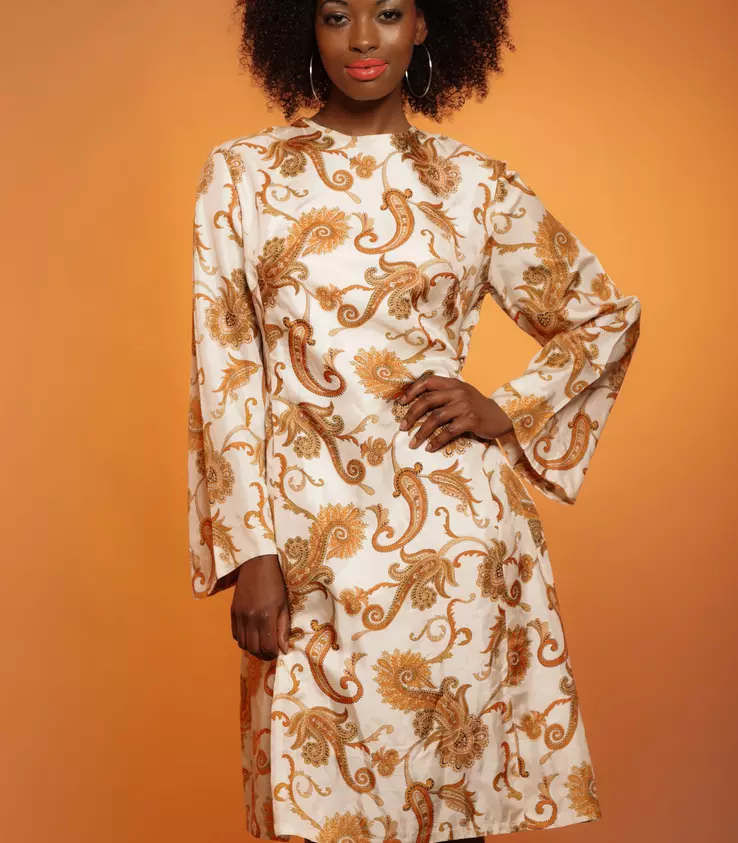
Making casual comfortable
The unrest of the sixties continued into seventies and fashions reflected the changing times. People turned their back on tradition. Hats, gloves and formality were replaced with more casual fashions like jeans and turtlenecks by 1970. Women could be seen wearing pants regularly, and the easy-care nature of synthetic fibers like polyester appealed to consumers and dominated the fashion industry during the 1970s.

Record-breaking athletic performances
The 1972 summer games in Munich, Germany featured LYCRA® fiber in swimwear for the first time. The characteristics of LYCRA® fiber made it a natural choice for athletes around the world who wanted to bring out their best performance: form-fitting to reduce drag and increase speed, lightweight so it doesn’t weigh you down, and moves with you instead of restricting you. As the use of LYCRA® fiber in garments spread across different sports, new world records were set in competitive events around the world.
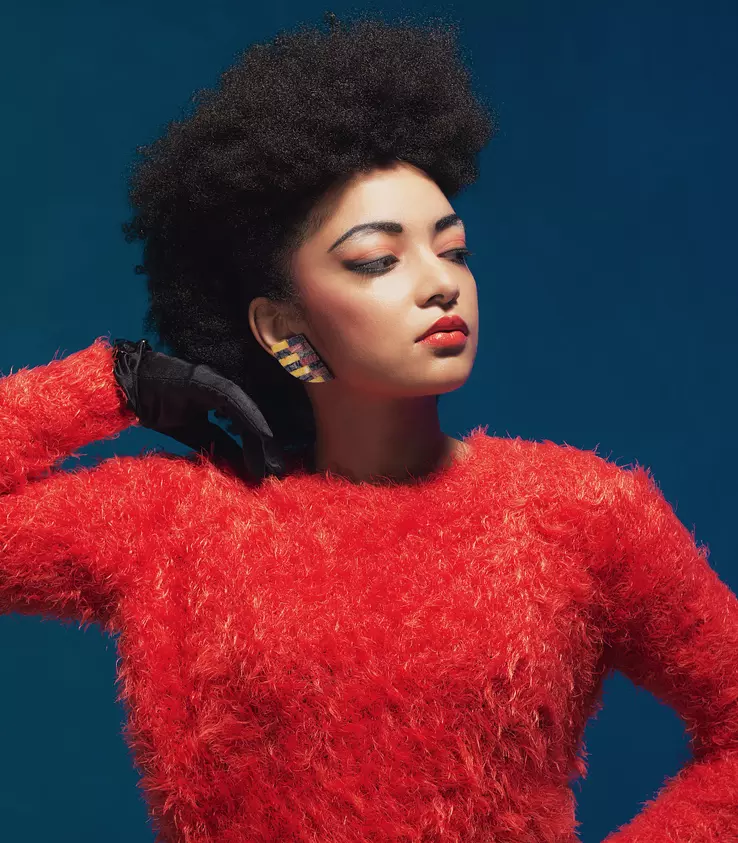
Transforming everyday life
Excess ruled in the eighties with its big hair, big shoulder pads, and its famous catchphrase, “Greed is good.” With its benefits and consumer brand name recognition firmly established, LYCRA® fiber had trouble keeping up with demand as it found its way into new apparel segments towards the end of the decade.
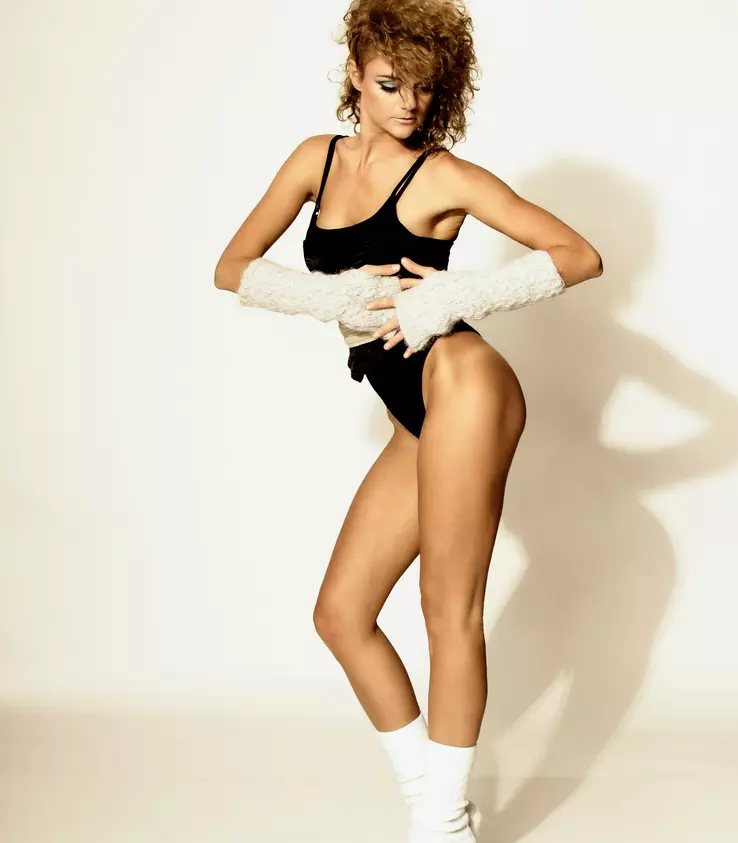
Workouts powered by LYCRA® fiber
The line between activewear, sportswear and dancewear blurred more than ever in the eighties. The fitness craze that started in the seventies exploded with the phenomenal success of aerobics programs like Jane Fonda’s Workout (1982). Hit movies like Fame (1980) and Flashdance (1983) also contributed to the trend of taking dancewear out of the studio and onto the streets. High-cut leotards and tights made with LYCRA® fiber increased range of motion and allowed freedom of movement for a more comfortable workout.
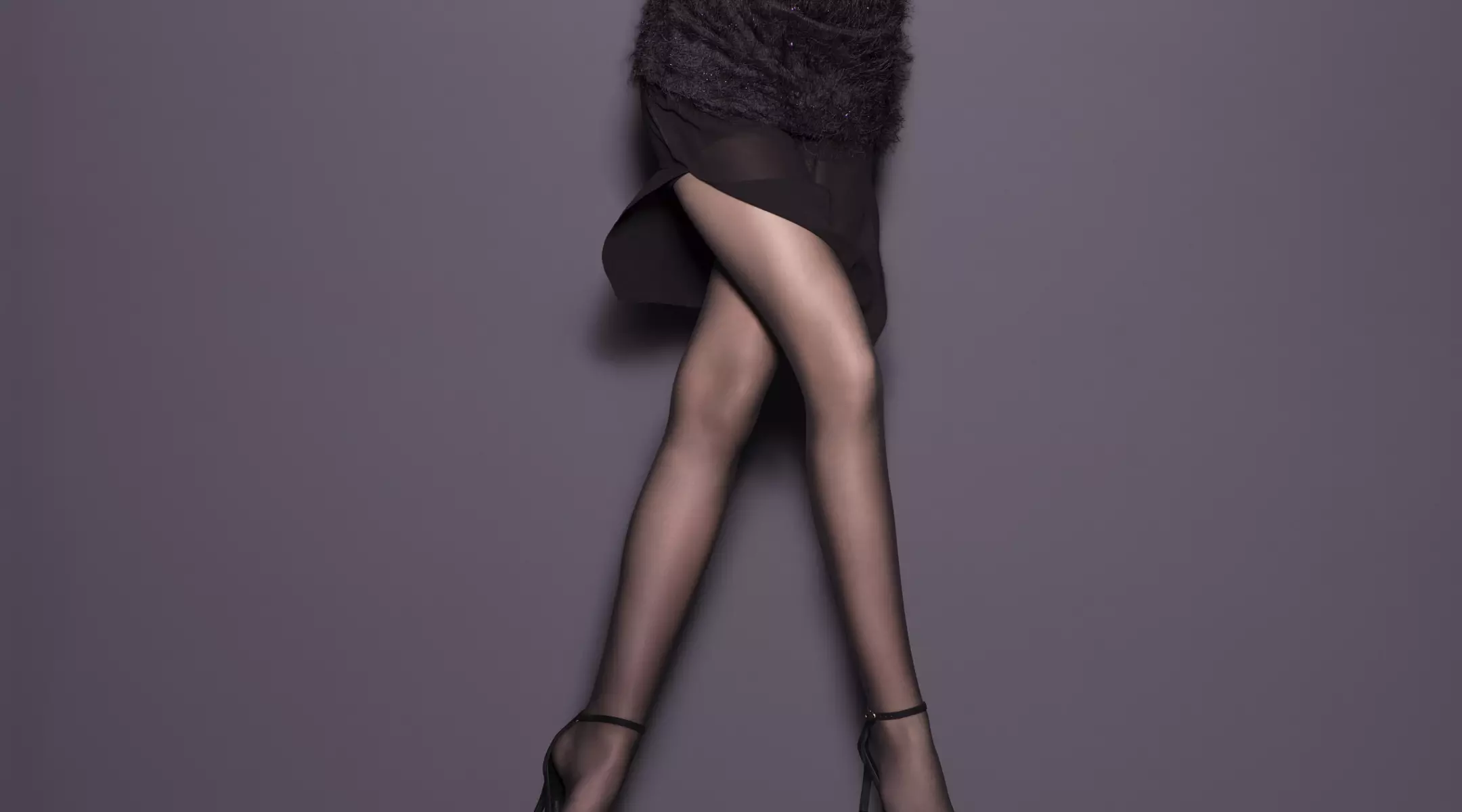
Hosiery transformed
Synthetic nylon had replaced silk decades earlier, but it took LYCRA® fiber to transform hosiery by adding lasting comfort and fit, while eliminating sagging and bagging. The addition of LYCRA® fiber to sheer hosiery smoothed out imperfections to create a polished silhouette.

A young man wearing basketball gear on the streets, a fashion trend that began in the 1980s and is still popular today.
The emergence of jock chic
By the 1980s, LYCRA® fiber is worn by more athletes than ever before in a variety of sports—from track and field to tennis and basketball. Male sports fans turned sportswear made with LYCRA® fiber into streetwear whether they played sports or not. They began dressing like basketball’s Michael Jordan, whose professional basketball career started in 1984, and other star athletes of the era, whether they played sports or not.
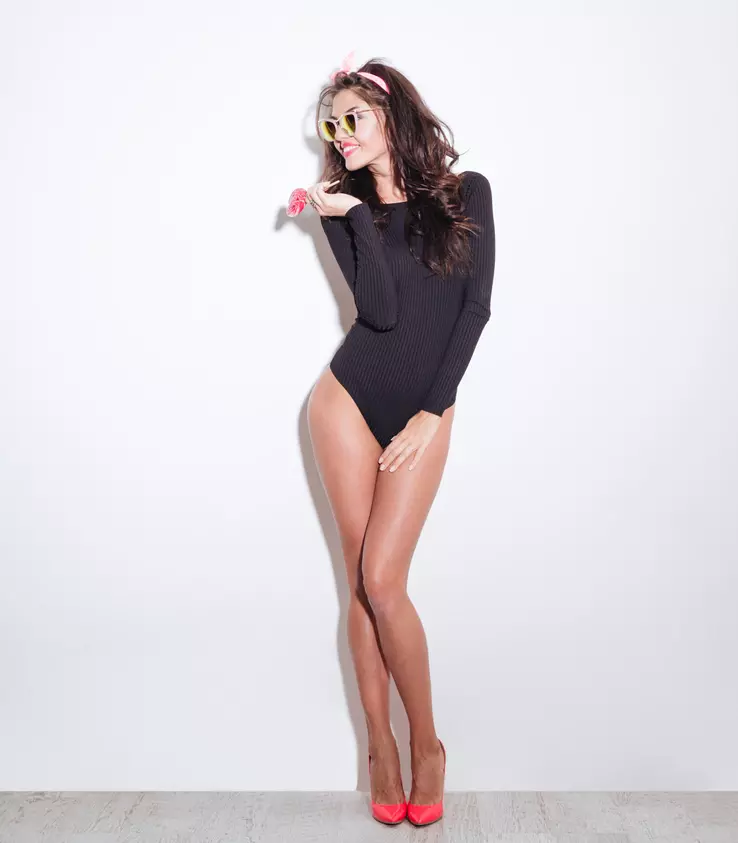
LYCRA® fiber’s catwalk debut
Top designers including Giorgio di Sant’Angelo, Norma Kamali and Betsey Johnson begin incorporating LYCRA® fiber into their designs for the ready-to-wear segment. When Donna Karan launched her groundbreaking first collection in 1985, it included “Seven Easy Pieces.” Designed to take busy women from workday to nightlife, the heart of this versatile collection of interchangeable pieces was a flattering bodysuit made with LYCRA® fiber.

Music is fashion
Popular music has always had an influence on fashion, but musicians set the trends in the nineties more than at any other time. Fans of the Seattle Grunge Scene that exploded in 1991 wore dark colors, ripped denim, layers and flannel shirts. The growing popularity of hip-hop had fans embracing vibrant streetwear with neon colors and bold African prints. Both trends shared a comfortable casual approach to fashion.
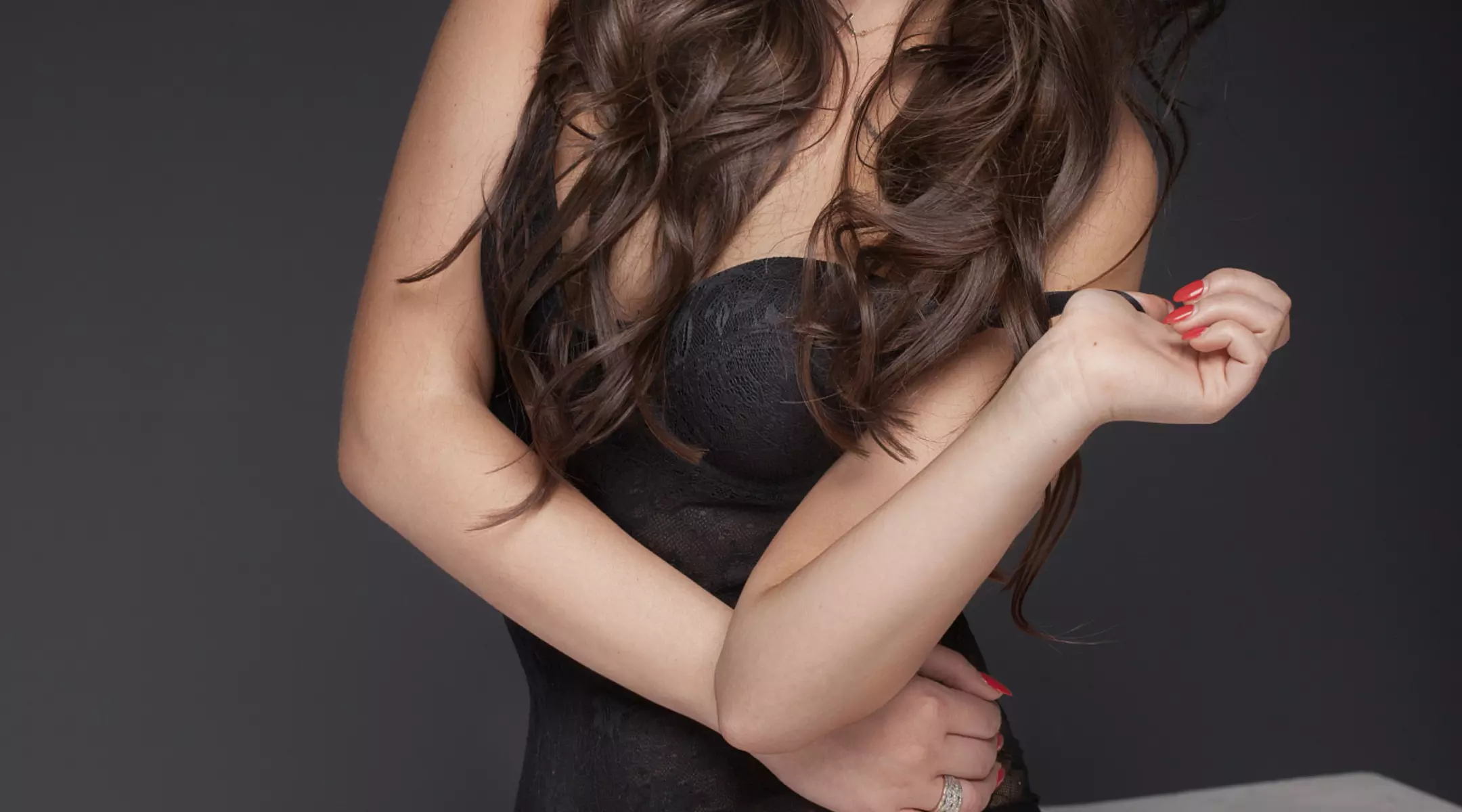
Shapewear reimagined
The girdle, which had fallen out of favor decades earlier, reemerged in the nineties completely redesigned. Female baby boomers entering middle age desired targeted lift and comfortable support to create a flattering silhouette. As a result, sales of new shapewear products made with LYCRA® fiber exploded even without major advertising support.

LYCRA® brand becomes a household name
LYCRA® fiber became the first synthetic yarn featured in a consumer advertising campaign in 1990. When the “Nothing Moves like LYCRA®” campaign launched in 1995, it marked the debut of the LYCRA® brand’s wave logo. Still in use today, this fashion icon is recognized around the world as a symbol of quality assurance.
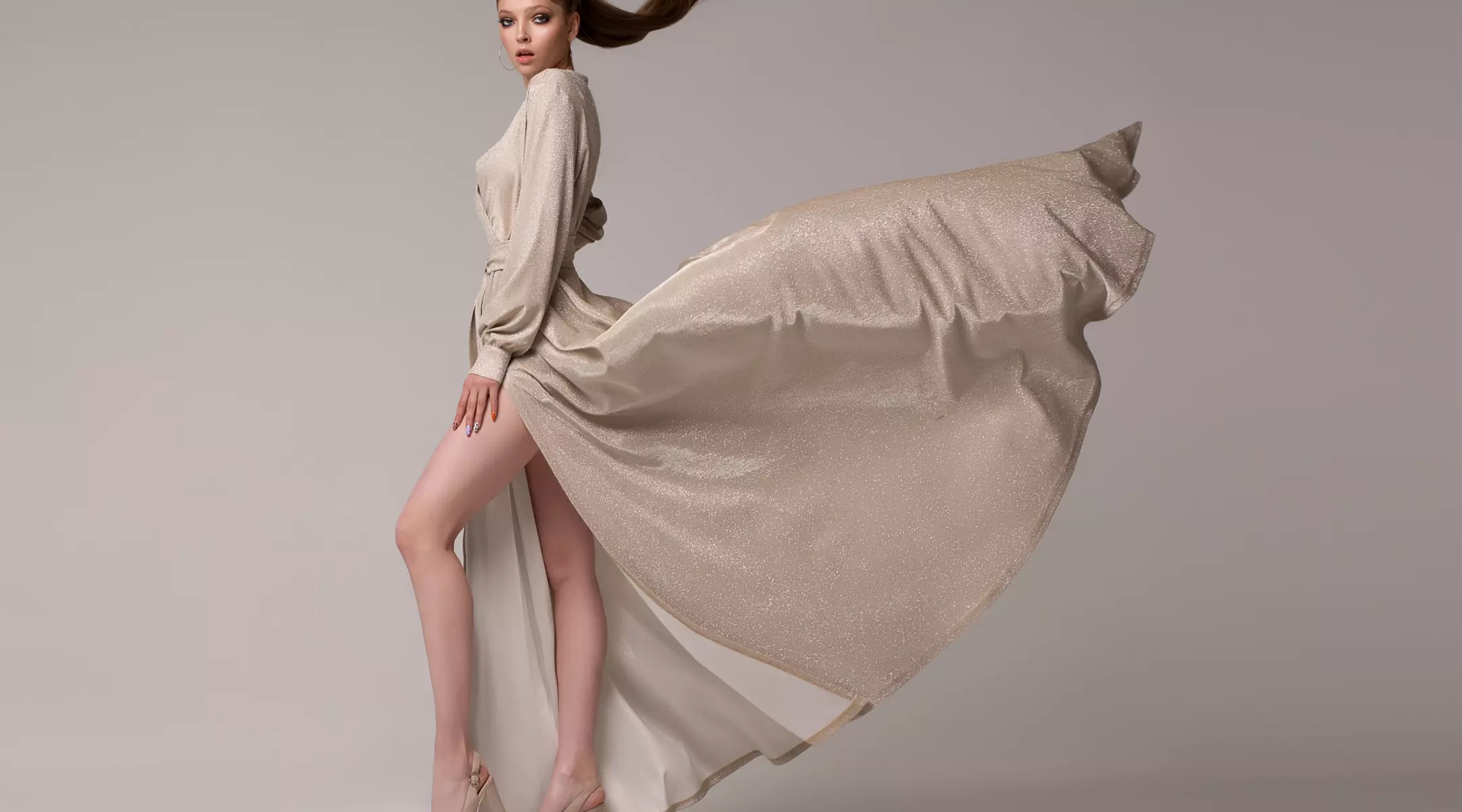
Model in designer dress. LYCRA® fiber was named a top apparel innovation of the 20th century by American fashion designers.
Fashion forward
In 2000, LYCRA® fiber is named as one of the top apparel innovations of the twentieth century by the Council of Fashion Designers of America. The decade also saw exciting new collaborations between LYCRA® fiber and top fashion designers including Julien Macdonald, Mathew Williamson, Hussein Chalayan, and Zac Posen.

A new millenium
Designers began looking back in time as fashion revivals swept the 2000s. Designers looked to the sixties (hippie/boho chic) and eighties (streetwear) for inspiration. Trends for women included low-rise denim with mesh, handkerchief or crop tops and exposed midriffs, while men wore distressed denim, cargo pants and military wear to make a statement. With the dawn of the new millennium, it became clear that when it comes to fashion, casual comfort is always on trend.
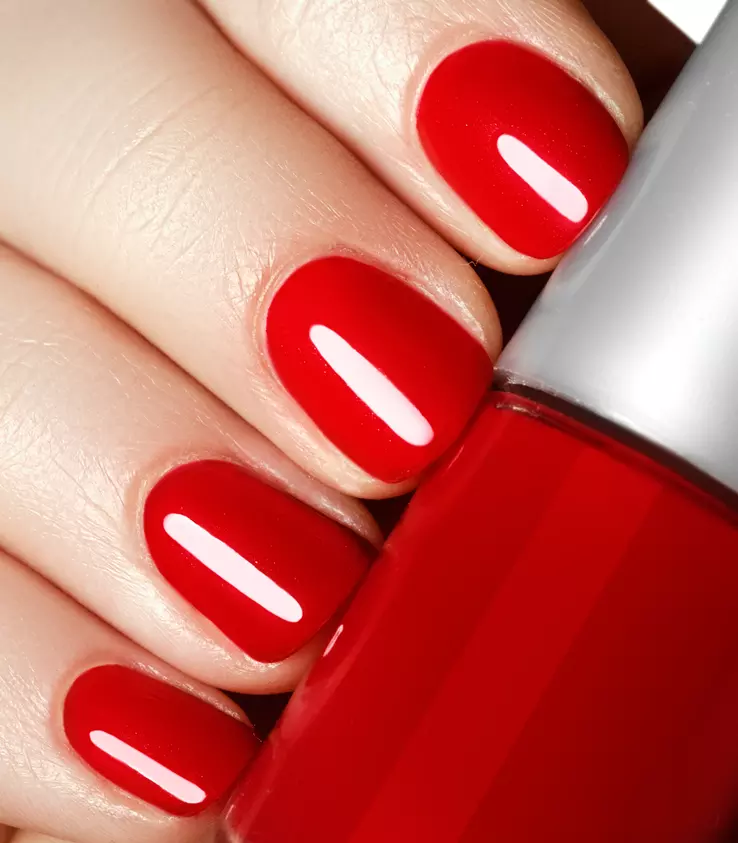
Expanding into new frontiers
Beginning in 2003, LYCRA® fiber could be found outside of apparel for the first time. LYCRA® fiber added comfort to bedding, and in the cosmetics aisle, a liquid form of it could be found in nail polish.

Comfort and care for all
LYCRA® fiber delivers advantages beyond apparel, and in 2010, we showed exactly how. LYCRA HyFit® fiber launched in the personal care segment, bringing LYCRA® brand’s signature comfort, fit, and performance to diapers and other hygiene products. Now that’s 360° service.
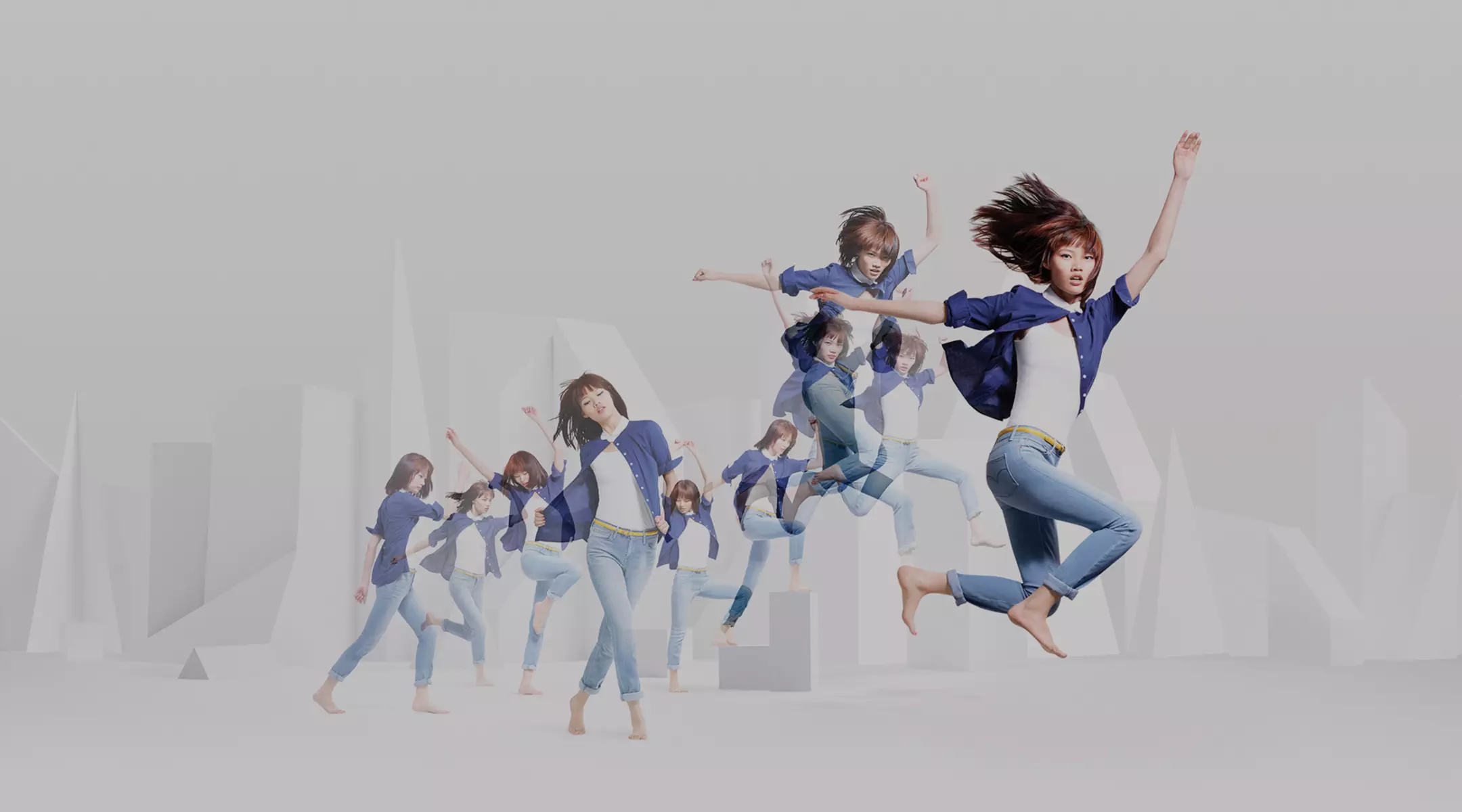
Launching “LYCRA® MOVES YOU™”
The LYCRA® brand launched a new advertising campaign, LYCRA® MOVES YOU™, to better communicate its benefits. The ads captured the comfort, freedom and movement you experience–and love–when you wear clothes made with LYCRA® fiber.

Diamond jubilee
In 2018, we celebrated the 60th anniversary of LYCRA® fiber, the original spandex yarn that revolutionized fashion by adding lasting comfort, fit and shape to garments. In addition, The National inventors Hall of Fame posthumously inducted LYCRA® fiber’s inventor, Dr. Joseph C. Shivers, into its Class of 2018.
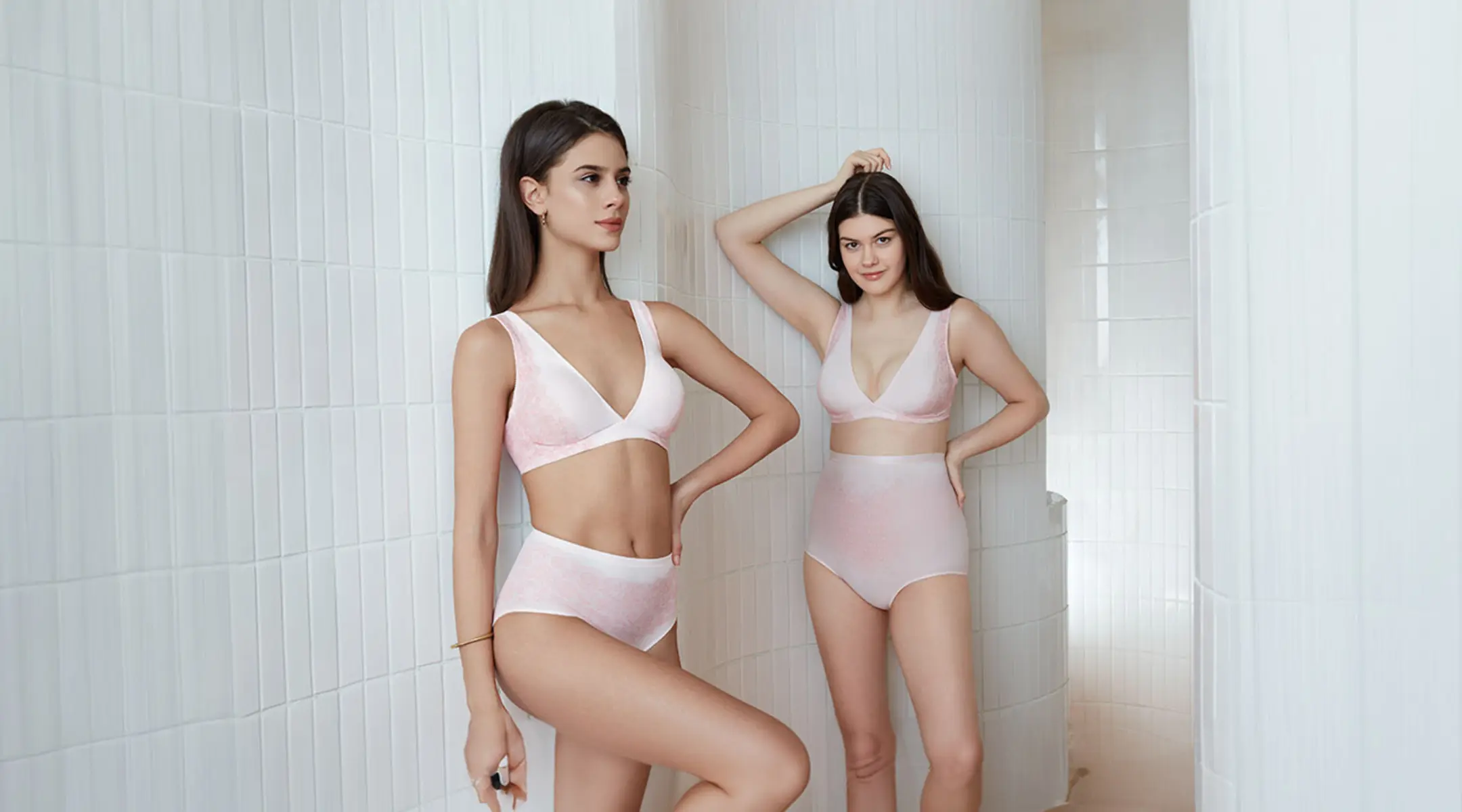
A new era begins
The LYCRA Company launched as a new, standalone company named after its most famous product. We hit the ground running by introducing a digital advertising campaign to raise awareness of LYCRA® fiber in China. Through powerful videos, social media posts, and e-commerce elements, “Move to Your Own Rhythm” celebrated individuality and living your best life. Images of dancers, divers, and drummers artfully showed the key benefits of LYCRA® fiber: lasting comfort and a flexible fit that keeps you moving freely.
We also debuted our revolutionary LYCRA FitSense® print technology, a screen-printable version of the LYCRA® polymer that adds bulk-free support where you want it most. We showcased the technology in immersive LYCRA® LAB workshops in Paris, giving customers a hands-on feel for the product and the ease of application.
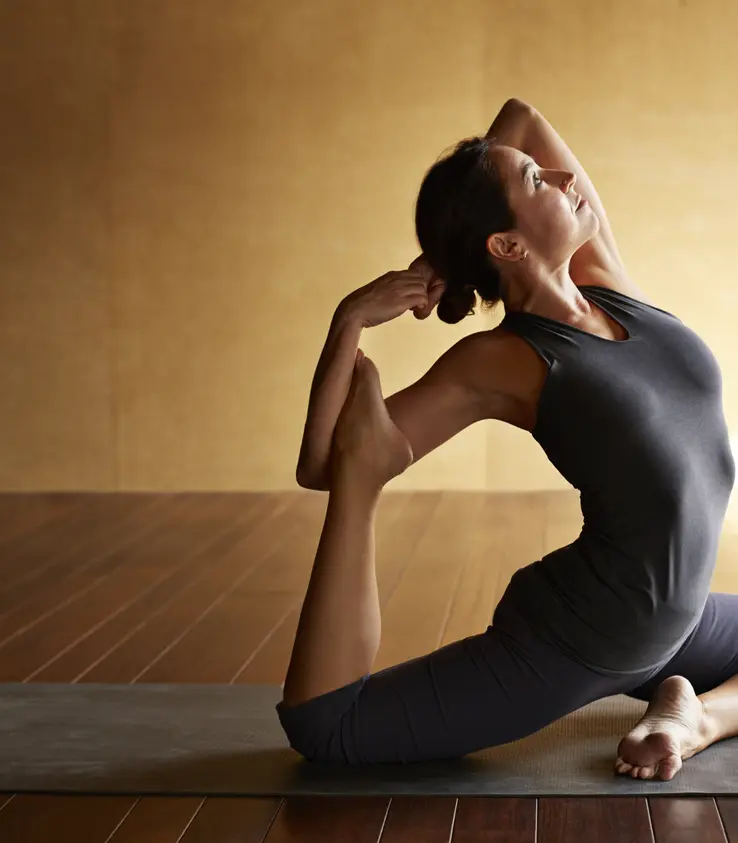
The next comfort frontier
With the world locked down during the COVID-19 pandemic, the popularity of athleisure apparel reached new heights. Millions of workers stuck at home were suddenly clamoring for their comfiest, stretchiest clothing, and LYCRA® fiber was there to heed the call. We even introduced a new offering, LYCRA® ADAPTIV fiber, a unique stretch yarn that responds to the wearer’s needs and feels incredible no matter how you move.

Stretching toward a more sustainable future
From designers and retailers to fabric makers and ingredient brands, the textile industry is driving toward a more sustainable future, with less waste, renewable materials, and more durable garments top of mind. In 2023, we spun up samples of a 50% recycled LYCRA® fiber, began industrial composting trials, and made progress toward a renewable version of our signature LYCRA® fiber offering made in part with plants. That’s on top of achieving Global Recycled Standard, OEKO-TEX® STANDARD 100®, and Cradle 2 Cradle Gold Level Material Health certifications.
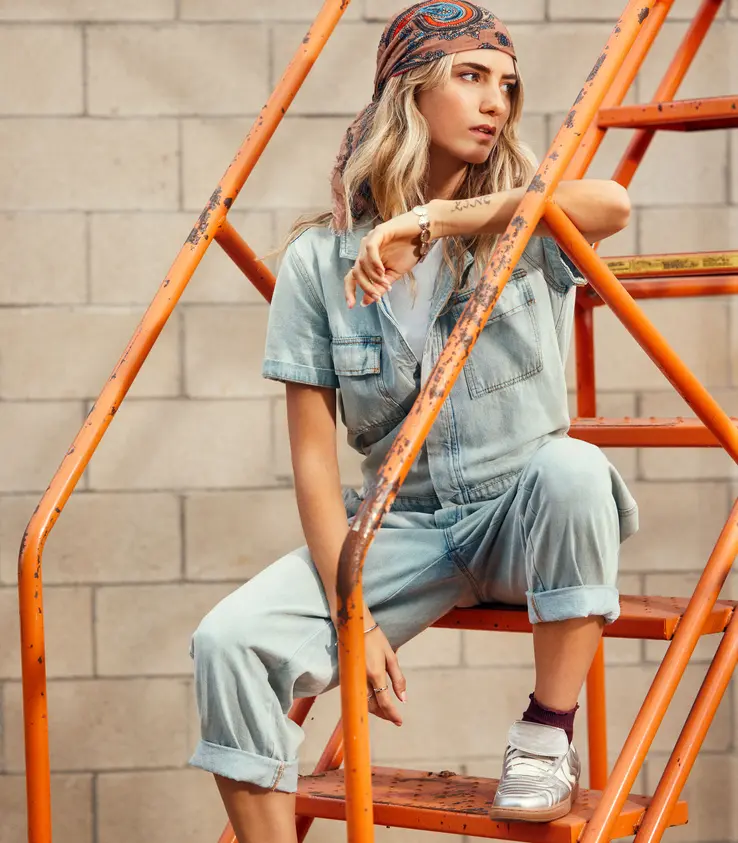
We’re coming for your jeans — and your workwear
After long months spent at home during the COVID-19 pandemic, many workers were reluctant to give up the casual looks they’d come to enjoy. And so, after years relegated to Casual Fridays, jeans became a mainstay at offices around the world. It was perfect timing for the launch of LYCRA FitSense® denim technology, a high-tech innovation that adds comfortable shaping and lift to jeans without any bulk.
We made our mark on workwear in 2024, too, launching a platform to showcase our most durable, comfortable, easy-care offerings, a full suite of products designed to elevate workwear and make it a desirable part of employees’ wardrobes. Say hello to a new generation of uniforms and corporate wear.

Welcome, change
LYCRA® brand will take a huge step into the future with the global commercial launch of renewable LYCRA® EcoMade fiber with QIRA®, a more sustainable version of our classic stretch fiber made with corn grown in the US Midwest. In 2025, seed quantities of the fiber were quickly adopted by brands around the world, including denim giant AGOLDE, and Brazilian activewear brand LIVE!.
Since 1958, LYCRA® fiber has grown into a portfolio of over 200 unique fibers that enhance the way clothes look, feel, and perform. We’re the industry leader in fiber innovation because we're ALL IN — with our partners, our customers, and the planet.
